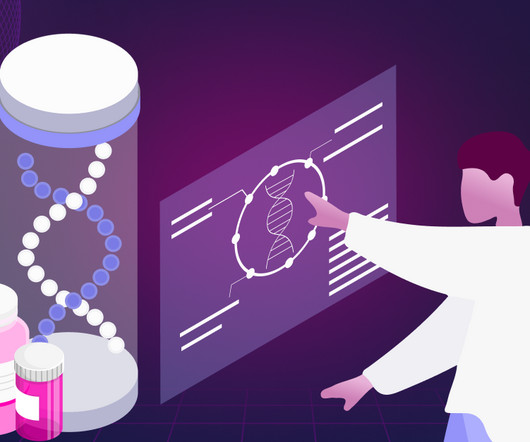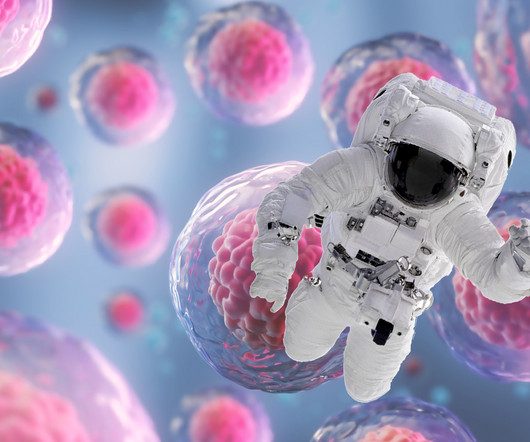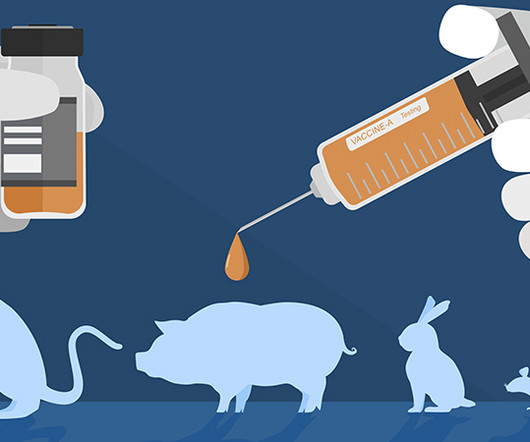Time for change: non-human primates in drug research
Drug Target Review
JULY 7, 2025
Non-human primates (NHPs), such as macaques and cynomolgus monkeys, have long served as a cornerstone in preclinical drug development due to their close genetic, anatomical and physiological resemblance to humans. Food and Drug Administration (FDA). Bailey J, et al. Trends in Non-Human Primate Use for Research and Testing.













Let's personalize your content